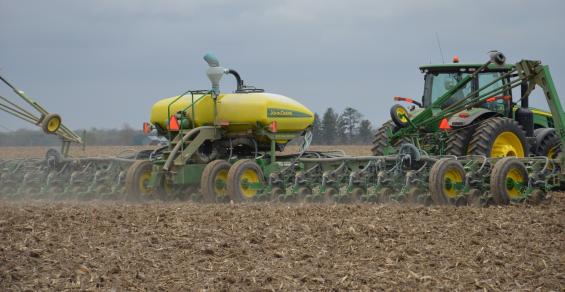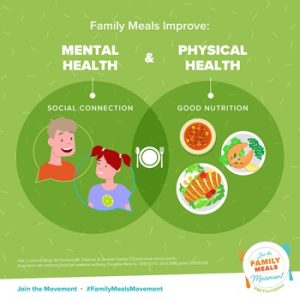Corn Illustrated: Industry sources say getting more acres planted in prime windows makes the high-speed planter option payback impressive.
Can you make more money by planting corn and soybeans at higher speeds? Based on results of Beck’s Practical Farm Research studies, Jason Gahimer believes you can.
“You can rack up higher net returns over time at increased planting speeds,” says Gahimer, who manages Beck’s PFR program.
The savings aren’t in increased yield. “The big opportunity is through planting significantly more acres in time windows where our data says yields are higher,” Gahimer explains.
Here’s a closer look at making high-speed planting successful:
The equipment. Beck’s PFR staff has evaluated three high-speed planting units available today: SpeedTube from Precision Planting, ExactEmerge from John Deere and SureSpeed from Ag Leader.
“Singulation results at 7.5 miles per hour for all three systems is 97% or higher,” Gahimer says. “That is absolutely phenomenal performance.”
There is no yield drop to a slight bump at 5 mph, virtually no drop at 7.5 mph and a 1-bushel drop at 10 mph — all statistically insignificant in Beck’s PFR work.
Gahimer cautions that if you plant at 7.5 mph with conventional seed tubes, expect to see uneven plant spacing. Conventional systems release each seed at the top of the tube, allowing for bounce as seeds drop. High-speed systems release seed nearer to the seed trench, reducing bounce.
The economics. If you increase speed to 7.5 mph, expect to cover nearly 50% more acres per hour, depending on size of planter. With a 16-row planter, Gahimer says he can plant about 47% more acres per day.
Why is that important? “It lets you plant more acres during the windows when soils are right,” he says. “Using data from our 20-plus-year date-of-planting studies, you expect the highest yields planting from mid-April to early May for both crops. That may not be true every year, but the trend is obvious over time.”
Big gains come from planting more acres during the windows of time that favor higher yields, and fewer acres later, when yields historically drop. Gahimer calculated that if you plant 4,000 acres with a 16-row planter — 2,000 acres of each crop — you can reduce total number of days for planting from just under 20 to about 13. Play that out based on probable yields tied to planting dates, and calculations show a possible increase of nearly $100,000 at current crop prices.
The changes. Clayton Stufflebeam works closely with PFR planting studies. To make high-speed planting successful, he believes you need to do more than just install a high-speed seed delivery system.
First, make sure you have cast-iron row units or units made from thick steel. There will be more jostling, which can cause cracks in units not designed for high-speed planting.
“I believe downforce adjustment for individual row units is a must,” he adds.
You also need a good ride on row units; the latest edition of seed monitors indicates roughness or smoothness of ride.
“We’ve found that aftermarket, spiked closing wheels work as well in high-speed systems as in normal planting,” Stufflebeam says. “Last but not least, practice good overall planter maintenance. Inspect every piece of the planter. Expect more wear with high-speed planting.”




